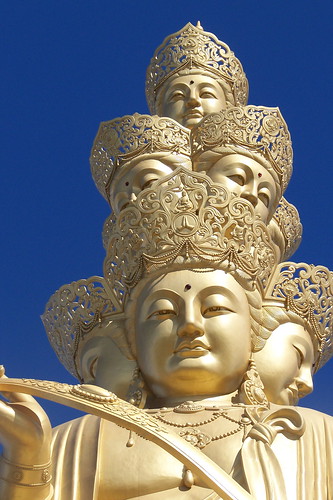
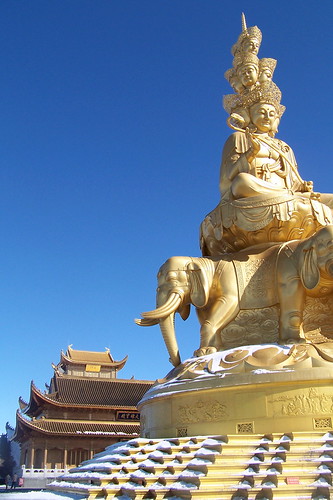

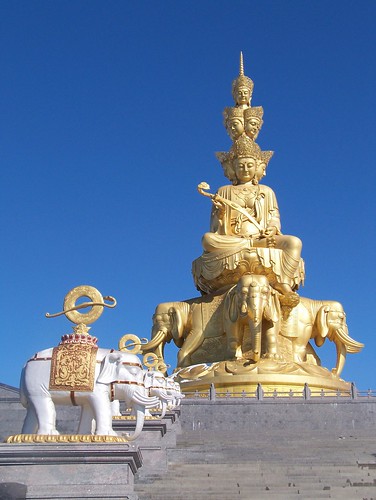

Nga Mi sơn là một trong Tứ đại Phật giáo danh sơn. Vị Bồ Tát bảo trợ của Nga Mi sơn là Samantabhadra, trong tiếng Việt còn được gọi là Phổ Hiền bồ tát.
Golden Temple on Mt. Emei
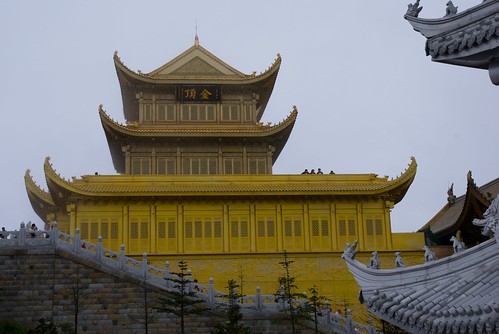


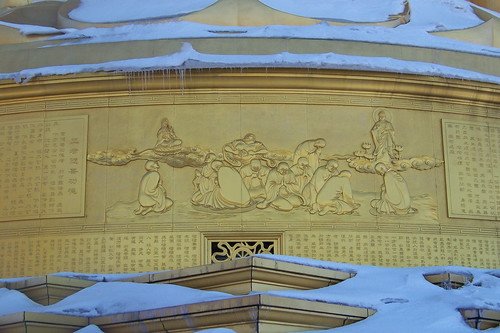

Đỉnh cao nhất của Nga Mi sơn là đỉnh Vạn Phật của ngọn núi chính Kim Đỉnh, với độ cao 3.099 m. Với địa thế cao chót vót, phong cảnh đẹp nên người ta nói tới Nga Mi sơn như là "Nga Mi thiên hạ tú".

Là một trong Tứ đại Phật giáo danh sơn, tại Nga Mi sơn có khoảng 26 ngôi chùa; miếu, trong đó có 8 ngôi chùa; miếu lớn là cơ bản nhất. Người ta cho rằng Nga Mi sơn chính là đạo tràng của Phổ Hiền bồ tát.


Nga Mi sơn cùng bức tượng đại Phật Lạc sơn, bức tượng Phật tạc trên vách đá lớn nhất thế giới ở núi Thê Loan, được UNESCO công nhận là Di sản thế giới ngày 6 tháng 12 năm 1996.
Lạc Sơn Đại Phật ( Lèshān Dàfó), còn gọi là Lăng Vân Đại Phật hay Gia Định Đại Phật, là tượng Phật bằng đá cao nhất thế giới. Bức tượng Phật Di Lặc này được tạc vào vách đá Thê Loan của núi Lăng Vân, nằm ở chỗ hợp lưu của ba con sông là Mân Giang, Đại Độ và Thanh Y ở miền nam tỉnh Tứ Xuyên của Trung Quốc, cách địa cấp thị Lạc Sơn khoảng 3 km về phía đông. Bức tượng đá đối mặt với Nga Mi sơn, và dòng sông chảy dưới chân.
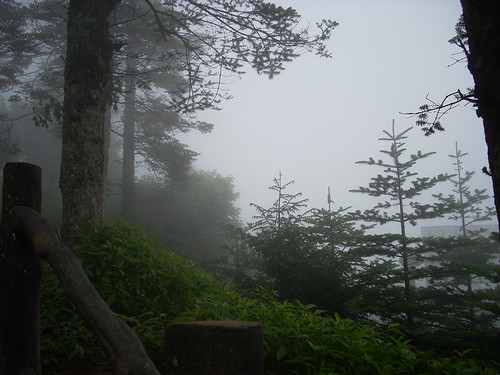
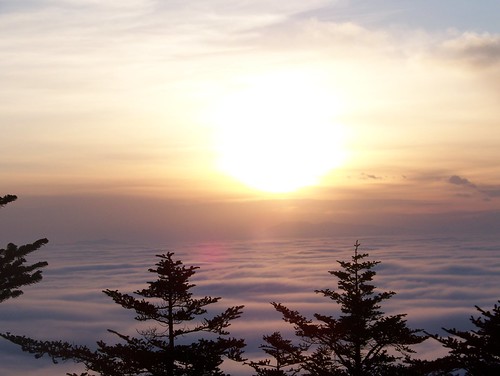
Khu vực Nga Mi sơn có nhiều sương mù, thiếu nắng, lượng mưa dồi dào.
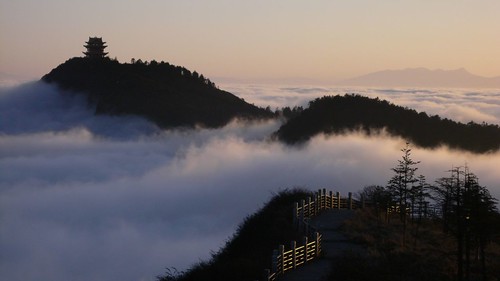
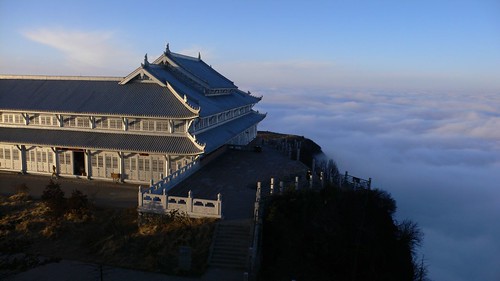
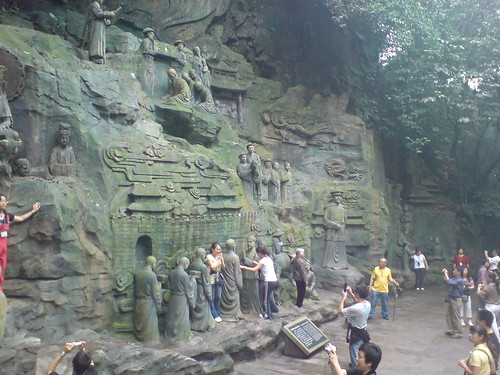
 Công việc tạc bức tượng này được khởi đầu vào năm 713, do một nhà sư Trung Quốc là hòa thượng Hải Thông chỉ huy. Ông hy vọng rằng Phật có thể giúp làm cho nước sông êm đềm tạo thuận lợi cho tàu thuyền đi lại trên sông. Theo truyền thuyết, khi nguồn tài trợ cho công trình bị đe dọa, ông đã tự khoét mắt để tỏ lòng mộ đạo và sự ngay thẳng của mình. Công việc này chỉ được các môn đồ của ông hoàn thành sau 90 năm. Dường như là công trình xây dựng khổng lồ này đã tạo ra nhiều đá được bóc tách ra khỏi vách đá và trầm lắng xuống lòng sông, làm cho các dòng chảy bị biến đổi và vì thế làm cho tàu bè qua lại an toàn hơn.
Công việc tạc bức tượng này được khởi đầu vào năm 713, do một nhà sư Trung Quốc là hòa thượng Hải Thông chỉ huy. Ông hy vọng rằng Phật có thể giúp làm cho nước sông êm đềm tạo thuận lợi cho tàu thuyền đi lại trên sông. Theo truyền thuyết, khi nguồn tài trợ cho công trình bị đe dọa, ông đã tự khoét mắt để tỏ lòng mộ đạo và sự ngay thẳng của mình. Công việc này chỉ được các môn đồ của ông hoàn thành sau 90 năm. Dường như là công trình xây dựng khổng lồ này đã tạo ra nhiều đá được bóc tách ra khỏi vách đá và trầm lắng xuống lòng sông, làm cho các dòng chảy bị biến đổi và vì thế làm cho tàu bè qua lại an toàn hơn.
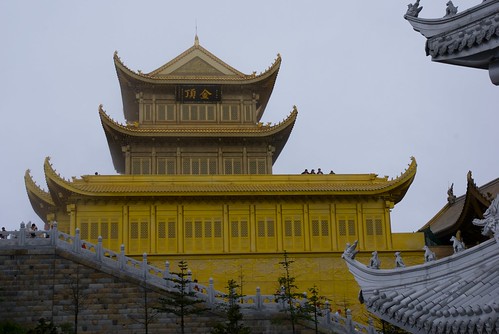
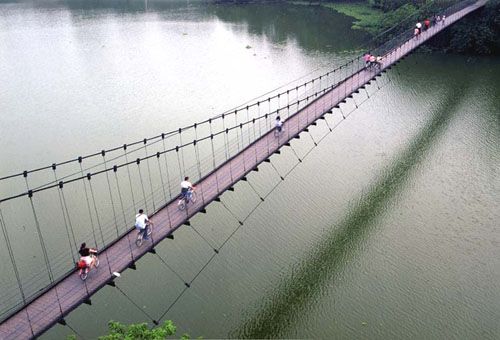





10 tượng Phật lớn nhất:
10. Great Standing Maitreya Buddha, Taiwan – 72 m (236 ft) :

The Maitreya or Buddha of the Future is also called the Laughing Buddha because of the large smile that seems to shake even his protruding belly.
Maitreya worship is not particularly widespread in China or Taiwan and was even forbidden during the Qing period from 1644-1911.
Only four Maitreya Buddhas can be found in Taiwan of which the Great Standing Maitreya Buddha near Beipu at Emei Lake in Xinzhu County is the tallest at 72 m.
9. Awaji Kannon, Awaji Island, Hyago, Japan – 80 m (262 ft) :

The Awaji statue might not win a prize for being the most beautiful one portrayed here but it is located on Awaji Island, one of Japan’s oldest settlements. The statue stands on a 20 m (66 ft) pedestal, bringing the total height up to 100 m (328 ft).
8. Ling Shan Great Buddha, Mashan, China – 88 m (289 ft) :

Exactly 99 steps lead to the Grand Buddha, an impressive, 88 m bronze statue in Ling Shan, south of China’s Longshan Mountains.
The statue weighs over 700 tons and was completed in 1996.
Since 2008, visitors can also wander around the new Five Signet or Brahma Palace that were built close by.
7. Dai Kannon at Kita no Miyako Park, Hokkaido, Japan – 88 m (289 ft) :

This particular Kannon is another depiction of Avalokitesvara, literally “the Lord who looks down”.
Like a Goddess of Mercy, the female form means to embody the compassion of all Buddhas.
This Kannon in Ashibetsu, located in the Kita no Miyako Park in Hokkaido, was completed in 1989. Visitors can climb up the statue to enjoy the panoramic views or use one of the eight places dedicated to prayers between the 6th and 20th floor.
6. Great Reclining Buddha and Standing Buddha near Monywa, Myanmar – 90 m & 116 m :

In Monywa, close to the Po Khaung Taung mountain range, visitors are in for a treat as not one but two gigantic Buddha statues wait to be explored.
The Monywa Buddha is the largest Reclining Buddha statue in the world. Don’t be fooled by the length - the statue is also 60 ft tall!
It was constructed in 1991 and is like a building inside that visitors enter through the Buddha’s, er, rear.
They can then walk from the Buddha’s head to his toes, guided by 9,000 metal images of the Buddha, events in his life and his disciples.

But there’s more; the complex also boasts of one of the tallest standing Buddha statues, called Laykyun Setkyar. Though it is often billed at 132 m (433 ft), the height of the statue is 116 m (380 ft). Since its opening in February 2008, the statue has become one of Myanmar’s main tourist attractions.
5. Guanyin Buddha, Sanya, Hainan province, China – 108 m (354 ft) :

As mentioned earlier, guanyin statues depict the bodhisattva Guan Yin, the Goddess of Mercy. The one in Sanya is located on the tropical island of Hainan, a popular seaside resort.
Not unlike the Statue of Liberty, it rests on a specially designed island platform, this one surrounded by the South China Sea.
Also noteworthy are the statue’s three sides – one facing inland and two facing the sea so that blessings and protection can be directed everywhere.
4. Dai Kannon of Sendai, Japan – 100 m (328 ft) :

Here’s another depiction of Avalokitesvara in Sendai, the capital of the Miyagi prefecture.
It was built by a once flush and now defunct company in the 1980s to avoid taxes rather than show devotion, a reason why it is loathed by many locals.
Visitors enjoy the elevator ride to the top though and admire the spectacular views of the city.
3. Ushiku Daibutsu, Japan – 120 m (394 ft) :

At 120 m, the huge Buddha statue in Ushiku, Japan is one of the world’s tallest.
But that’s not all; the gently smiling Buddha with the upward facing right palm and downward facing left palm has a secret – a four-level museum related to Buddhism inside and an observation platform at 85 m.
2. Spring Temple Buddha, Henan, China – 128 m (420 ft) :

The Spring Temple Buddha, named after the nearby Tianrui hot spring, was built in response to the destruction of the Buddhas of Bamyan, an act the Chinese government condemned.
The project was completed in 2002 and tops the Ushiku Daibutsu by 8 m, making it the tallest completed statue in the world.
Part of the statue is a 20 m high lotus throne but it also stands on a 25 m high building, raising its height to 153 m if taken into account.
Since 2008, the hill the Buddha is placed upon is also being reshaped into two pedestals, really letting the statue reach for the sky with an expected height of 208 m. Bigger is better? We don’t know yet.
1. Maitreya Buddha, Uttar Pradesh, India – 152 m (500 ft) – planned :

Finally, speaking of ambitious projects, the Maitreya Project is an international organisation that aims to build the world’s tallest Buddha statue in Kushinagar, Uttar Pradesh, India.
Planned is a steel-truss construction covered by around 6,000 aluminium-bronze panels.
Part of the project will be education and healthcare facilities for the local population.
One aim is also to develop the area for tourism, which is why an accompanying park, cathedral, monastery, convent, guesthouse, library and food facilities are also planned.
If all those tall Buddha statues remind you of the Tower of Babel or you think that the astronomical building costs could better be used for housing for a nation’s poor, here what His Eminence Trizin Tsering Rinpoche, chairman of the Buddha Dordenma project, has to say:
“By building Buddha statues limitless people can pray and offer for thousands of years, thus by receiving blessings, clearing negativities and building virtues, this life will be happy, next life will be better at a higher level then finally everybody will be enlightened. The well being of future generations is dependent on the kindness and compassion of the present sponsors, Buddha makers and those who participate in this activity. This project brings benefit to self and all beings.”
If you know of any tall Buddha statues we have missed, let us know by writing a commentary below this article :
Source : http://www.environmentalgraffiti.com


No comments:
Post a Comment